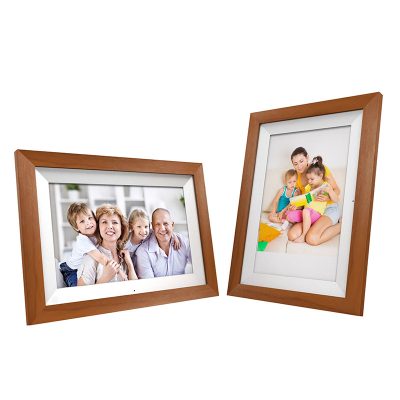Exploring the world of LED video walls can be an exciting journey, as this technology has transformed the way we display video content in various settings. LED video walls are commonly used in advertising, entertainment, sports arenas, retail spaces, corporate events, and more. Here’s a guide to help you get started:
1. Understanding LED Technology:
- LED stands for Light Emitting Diode, which is a semiconductor device that emits light when an electric current passes through it.
- LED video walls consist of thousands of tiny LED modules arranged in a grid to create a seamless display.
2. Types of LED Video Walls:
- Indoor LED video walls: These are designed for indoor applications such as retail stores, conference rooms, and control centers.
- Outdoor LED video walls: These are built to withstand outdoor conditions and are commonly used in outdoor advertising, sports stadiums, and public displays.
- Fine-pitch LED video walls: These have a very small pixel pitch (distance between pixels) and are suitable for applications requiring high-resolution displays, like control rooms and broadcast studios.
3. Key Considerations:
- Resolution: Choose a resolution that suits your content and viewing distance.
- Brightness: Ensure the LED video wall is bright enough for the environment it will be placed in.
- Pixel Pitch: Smaller pixel pitch provides higher resolution but is also more expensive.
- Size and Aspect Ratio: Determine the size and shape of the video wall that fits your space and content needs.
- Viewing Angle: Consider the angle at which people will view the wall to ensure optimal visibility.
4. Installation and Maintenance:
- Professional installation is essential to ensure proper alignment and calibration.
- Regular maintenance is required to keep the LEDs functioning at their best.
5. Content Management:
- Choose a content management system (CMS) to control and schedule content on your LED video wall.
- Ensure your content is optimized for the resolution and size of the video wall.
6. Budget and ROI:
- LED video walls can be a significant investment. Consider your budget and potential return on investment when making a decision.
7. Environmental Factors:
- For outdoor installations, consider weather resistance and environmental factors.
- Indoor installations may require HVAC systems to control temperature and humidity.
8. Legal and Compliance:
- Check local regulations and permits, especially for outdoor installations.
9. Leading Manufacturers:
- Explore products from reputable manufacturers such as Samsung, LG, Sony, Absen, Leyard, and Barco.
10. Consultation:
- It’s often a good idea to consult with an AV specialist or integrator who can help you select the right LED video wall for your specific needs.
As LED video wall technology continues to evolve, there are more possibilities for creative and impactful displays. Whether you’re looking to enhance your business space or create stunning visual experiences, understanding the world of LED video walls is a crucial first step.















